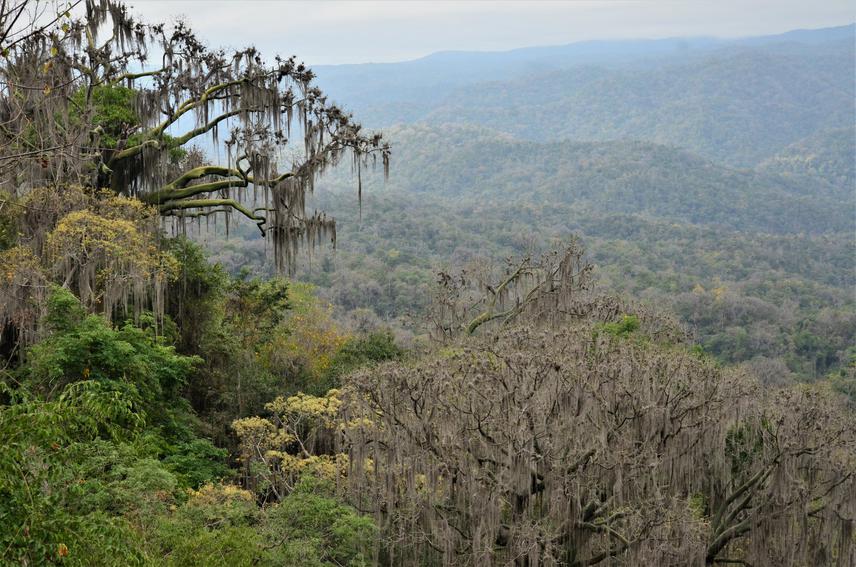Diego García Olaechea
Tropical Dry Forests (TDF), the most threatened major tropical ecosystem, are among the areas that are expected to have early and more severe consequences of climate change. TDF of northwest Peru is expected to become more humid due to changes in rainfall. Contrary to what is expected, that dry-habitat species are most robust to future climate change (i.e., drier and warmer climates), I hypothesize that TDF birds of northwest Peru will reduce their distribution due to the intensification of precipitation. Using species distribution models, I will address how future climate will affect threatened and endemic dry forest’s birds. Addressing the effects of climate change on sensitive ecosystems such as TDFs is a high priority and actions to mitigate these impacts are urgently needed.

Tropical Dry Forests (TDF) are among the most threatened and under-studied tropical forests in the world. Unlike tropical rainforests – which harbour a large number of species – TDF have extraordinary levels of endemism and species with restricted distributions and are under considerable threat from rapid conversion of forest lands for development. An example of this is the threatened TDF of northwest Peru and southwest Ecuador, which has long been recognized as an important centre of bird endemism, the Tumbesian region that unfortunately already has lost 95% of its original forest cover. Given the high number of endemic species and the severity of the human intervention, this region has been recognized as a biodiversity hotspot of high conservation priority.
Adding to threats from changing land use, projected changes in precipitation regimes predict that northwest Peru will receive more rainfall in future scenarios under anthropogenic climate change. Contrary to what is expected, that dry-habitat species are most robust to future global change (i.e. drier and warmer climates), I hypothesize that dry forest birds of NW Peru will reduce their distribution range due to the intensification of precipitation, thereby increasing the risk to their populations which already have been affected by habitat loss and fragmentation.
Under this scenario and building on extensive field work characterizing present and past distributions of birds, I will explore how environmental actors, including rainfall, seasonality and habitat characteristics shape current bird distributions and community structure of TDF birds of NW Peru along a moisture gradient. Further, using species distribution models, I will then address how future scenarios of climate change will modify environmental conditions in TDF NW Peru and forecast how these changes will affect bird distributions.